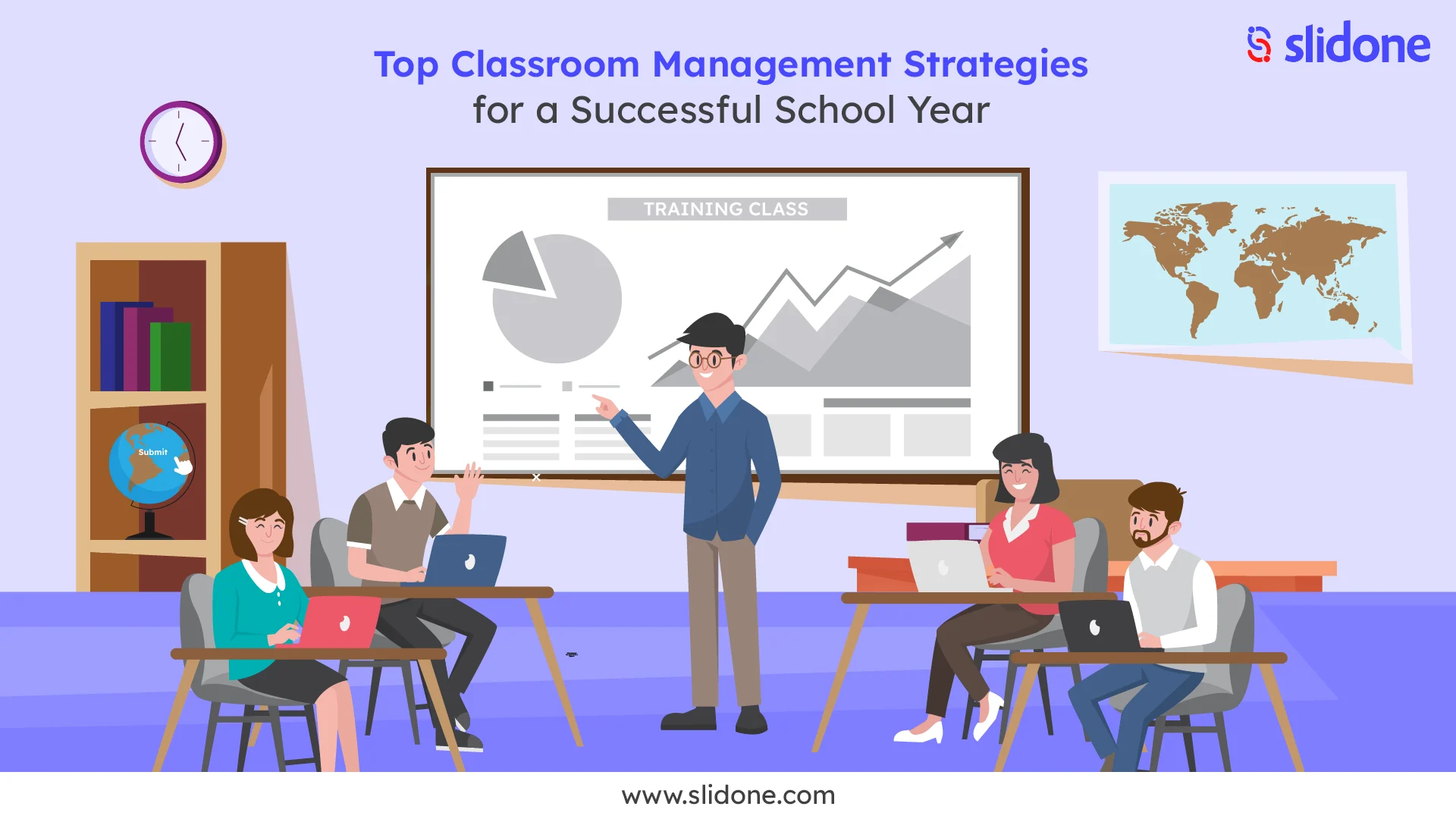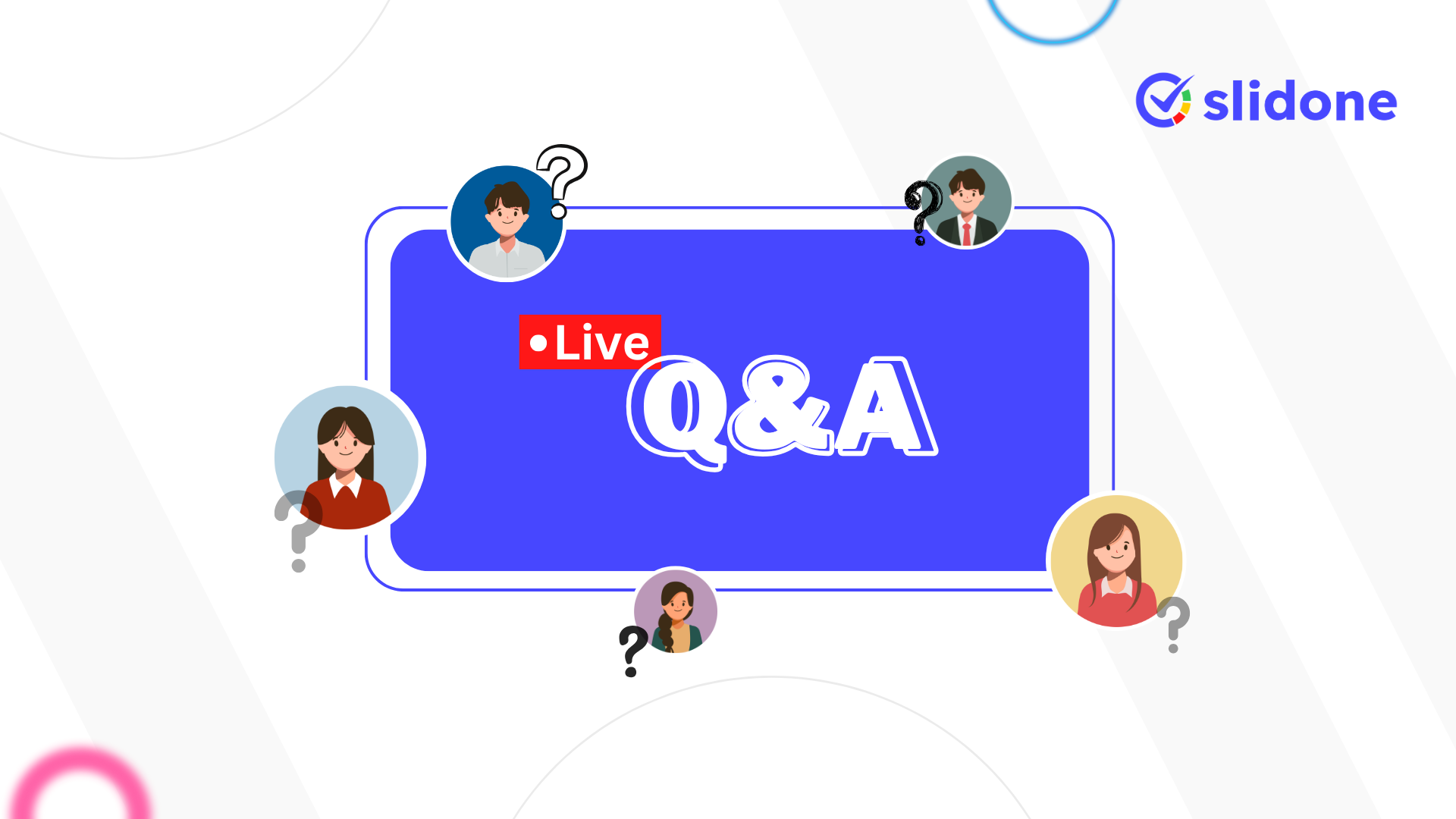Effective classroom management is a prerequisite to developing a good learning environment. This involves designing classroom routines, teaching discipline, and making the students behave constructively. The blog will briefly discuss the concept of classroom management strategies, providing holistic as well as detailed information on effective techniques at all levels, as well as going into practical tools designed to enhance the classroom management practice to create an effective environment for teachers and students.
Understanding Classroom Management Strategies
Classroom management strategies are those aspects that a teacher uses in pursuit of maintaining an efficient learning environment in the classroom. Such approaches are meant to bring on board:-
- Rules: Developing rules clearly concerning students’ behavior and what is expected from students within the class setting.
- Organizing instruction: Conducting organized lessons which fully apply the engagement and participation of learners.
- Managing behavior: Putting up mechanisms for correcting negative behavior while trying to keep a positive atmosphere of learning.
- Promoting engagement: The use of various techniques that keep students actively engaged in their learning.
Effective classroom management consists of more than just discipline; it builds an environment in which students will motivate, participate, and respect others. Teachers ultimately want to instill self-discipline and teamwork with ideas so that all learners can succeed within a supportive classroom environment.
This thoughtfulness tempers discipline with encouragement; students will thus be enabled to learn, grow, and contribute most positively. Such a classroom culture indeed supports academic development along with social-emotional development and can result in better outcomes for the students. Classroom management is an important part of teaching that enables the teacher to create an environment conducive to learning and respectful interaction among the students.
Effective Classroom Management Strategies for New Teachers
New teachers have very hard times with their establishment and handling of the classroom. Here are some effective strategies that can help them achieve just that:
- Active Engagement: Embed activities in which students are participants, not passive recipients. That is to say, interactive learning-for instance, through group discussions or peer teaching-may be done with problem-solving tasks by making the lessons interesting. For example, interactions may be well-applied within the classroom with technology integration, such as an interactive whiteboard or learning apps, to maintain the interest of the students.
- Formative Assessment: Continuous assessment will help in realizing the amount of understanding achieved by students and acting then and there. This shall be realized through techniques like quick quizzes, one-minute papers, and interactive polls proving how well they are learning. Your approach means you have the ability to effect modifications in teaching to keep students current.
Behaviour Management Strategies in the Classroom
Managing student behavior effectively, then, is at the heart of ensuring that the learning environment remains positive. Consider these strategies for doing so:
- Clearly Define Expectations: Set concrete, realistic standards of behaviour with children, and state them clearly to students. Publicly post those rules in the classroom where they remain visible as an ongoing reference. For example, a behaviour chart is effective in showing good behaviours the student is expected to portray, and therefore shows them what consequences will or may happen depending on their behaviour.
- Positive Reinforcement: This involves efforts to facilitate desired behavior through praise, rewards, and recognition. Examples can include positive verbal reinforcement, a points system, or small incentives. Indeed, such acknowledgments of positive behavior do reinforce it and encourage the students to further continue in their good conduct.
- Consistent Consequences: Utilize consistent and appropriate consequences for misbehavior. Ensure students recognize a cause-and-effect relationship between their behaviors and what has happened as the result of their behaviors. For example, if a student disrupts a class, a clear and consistent consequence-like a time-out, or a note sent home-maintains order and discipline.
- Engaging lessons: Lessons shall be made relevant and interesting to the students. This would encompass the manifold teaching methodology to retain interest for the students: interactive multimedia presentations, practical activities, group projects, etc. In such cases, engaging lessons minimize the chances of disrupting behavior and distract fewer students from learning.
Classroom Management Strategies for Different Educational Levels
For Elementary School Teachers
Younger students need to be managed using special approaches:
- Routine and Structure: Young children thrive on routine. Establish a daily predictable schedule and encourage the use of visual schedules to help students comprehend and follow the same. For instance, with a daily visual timetable, it would help students gauge predictability around what comes next in the process and, therefore, feel secure.
- Visual Aids: Rules and directions can be summarized by using charts, pictures, and diagrams. The application of visual aids reifies concrete perceptions of abstract ideas in which young learners are able to remember the expectations in an infinitely easier way. For example, picture cards can serve as an aid in teaching classroom routine.
- Games and Activities: Games and activities make learning fun. While mentioning, the students retain interest in learning through various educational games, artwork, and group activities.
- Praise Positive Behaviour Frequently : Much importance must be attached to acknowledging and rewarding good behavior whenever it happens. To a young student, words of praise or some small payoffs go a long way in motivation toward behaving well or following the rules.
For High School Teachers
High school students require different techniques for management.
- Respectful Communication: Classroom atmosphere must be based on mutual respect. The students should be treated as young adults, and it is for this reason that they must discuss the classroom rules and expectations with them. The only way of inculcating responsibility and respect is by discussing the behavior and consequences with them.
- Established Boundaries and Expectations: Behavioral boundaries need to be set and implemented. High school teenagers function best when they understand specifically what is expected of them and the consequences for when those expectations are not fulfilled. For example, enact a code of conduct and go over it with the students on a routine basis.
- Student Involvement: The students must be involved in setting up the classroom rules and norms. When students are allowed to help create the class rules, they tend to follow them. For instance, a class meeting will provide them with a chance to discuss and vote on the rules whereby they will own them.
- Relevant and Challenging Content: A relevant and challenging lesson design will connect to the students’ interests and future goals. Offering relevant and challenging content is what keeps high school students interested and motivates them to participate more fully.
For Kindergarten Teachers
Kindergarten students require specific ways:
- Visual Schedules and Cues: Employ visual schedules and cues in getting young children ready for what is to be expected during the day. Picture schedules and visual timers might enable young students to make smooth transitions among activities in an effort to consider what will happen.
- Simple Commands: Keep commands short and simple, nonspecific. Positive Language: Young children love being direct and hearing praise. That is, use short phrases rather than a long explanation. And repeat as many times as necessary.
- Routines: Institute and maintain predictable routines for the sake of security. Predictable daily routines increase comfort for a young child and help them get a sense of what is generally expected of them.
Engage children with interactive, play-based learning activities. Activities ranged from the preparation of story-telling, songs, and movement games that would hold children’s attention and make learning fun.
Tools for Enhancing Classroom Management
The following tools can support effective classroom management:
- Interactive Presentation Tools: Tools such as SlideOne engage the learners with the facilitator through visual multimedia lesson delivery with interactive features. The lessons become more attractive, thus capturing the interest and involvement of students.
- classroom Management Software: ClassDojo and Remind are two popular classroom management applications that help you organize classroom behaviour, communicate with parents regarding student performance, and record student progress. This tool has made the communication process with the parents easier and helps in presenting more detailed records of trends in students’ behaviour and performance.
- Behavior tracking tools: Utilize applications for tracking behavior and charts in monitoring and analyzing student behavior. These tools assist in finding patterns and in facilitating judgments about the viability of behavior management strategies.
- Educational Games and Apps: Some online educational games and apps reinforce learning and manage classroom activities. The tools in this category make skill practices and knowledge acquisition by students engaging, therefore making learning itself interactive and enjoyable.
Key Takeaways
Effective classroom management can be thought of as the bedrock of good learning. Good practices and techniques on one’s part, along with appropriate tools, will help a teacher guide students to maintain proper behavior and involvement in class. The key strategies include:
- For New Teachers: These should involve interactive learning and continuous assessments that motivate by keeping the student engaged and informed about his or her progress.
- For Behavior Management Strategies: This should involve the setting of expectations, reinforcement of positive behavior, and application of consistent consequences.
- For Elementary School: The most appropriate approaches will include routines, visual supports, and activities appealing to the students.
- For High School: It is best to promote respectful communication; set limits with individual respect; include students while establishing rules and consequences.
- For Kindergarten: Incorporate a visual schedule; give simple, short directives; use activity-based learning.
Teachers who follow the strategies and appropriate use of the tools listed above will set off a path for a clearly structured, motivating, and encouraging class, leading to the end with a highly successful school year.





Leave a Comment
Your email address will not be published. Required fields are marked *